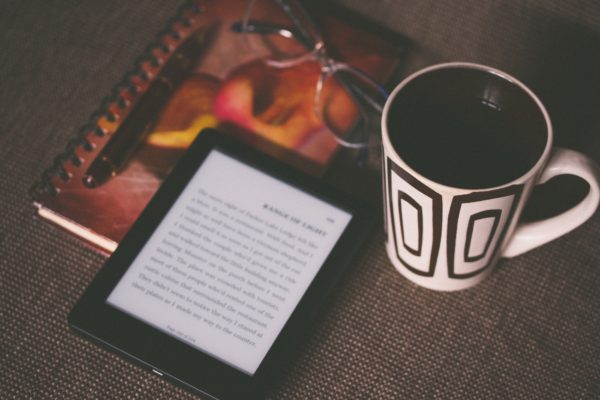As someone who pretty much lives my life in the digitized world, there was just one thing that I was resistant to change. That is, reading off printed books. The smell of (old and new) books, the tactile feel of the pages, and the visual cues indicating that the ending is right round the corner, are some of the elements that completes the whole multi-sensory reading experience.
For the longest time, I was reluctant to give up on printed books. But with changing lifestyle, I realized I can no longer keep up. Henceforth, I caved and went for the next best thing, an e-book reader. Now, the revolution was not about me jumping ship and switching to e-books. It was the e-book industry that was in need of a revolution. I had NO IDEA it can be such a mind boggling experience to read books electronically, until I dipped my fingers into it.
When it comes to the king of e-books, it has to be none other than Amazon with their proprietary Kindles. A short research concluded that Kindle might not be the best option based on my reading habits. Apparently, the e-book industry is highly fragmented with different book formats, and Kindle has limited (or non-existent) support on non Amazon proprietary formats. (And we thought VHS vs Betamax were good examples for case studies.)
So I decided to go with Kobo and was feeling all proud of myself for doing such thorough market research before the purchase. I ensured the device can support a wider range of formats, including library loans and the e-book store had a good range of books for purchase. What I didn’t expect was that it wasn’t easy either:
- The e-book store don’t allow me to purchase any books unless my credit card was issued in Japan, with a Japanese billing address. So there’s literally nothing I could buy and sync to my e-book account.
- Instead of getting a device that worked according to the product page description, the one I got didn’t have full features. A more in depth research revealed that based on different regions, the device will have different functionalities available.
- I then spent another considerable amount of time to find out how to circumvent point 1 & 2. And the best solution I managed to find, was to connect the e-book reader to my laptop using the provided USB cable, every time I wanted to transfer new books to the device. And depending on the format, I had to use different software for transfers.
Wow, I felt like I went back to the future and got stuck in the early 2000s time warp. Even the HDD folks have moved on to NAS, I can’t wrap my head around the fact that something so innocuous was so difficult to use, by today’s standards. Why make book lovers jump through 10 hoops in order to read something?
In my opinion, a revolution and consolidation of the e-books industry is badly overdue. The 1st wave of the e-book revolution has already lost its lustre and is looking really jaded against the backdrop of connected smart devices. I’m looking forward to the day whereby this existing e-book business model gets disrupted, like how it disrupted the printed books industry before.
Are you a seasoned e-book reader user? Am I using my e-book reader correctly? Do you think the e-books industry needs some sort of an overhaul?
May-21 Edit: Refusing to give up, I decided to research around to see if there are any new developments after so long. Turned out there was! It involved a factory reset, a driver upgrade and changes to the geo-settings. And viola! I can now download e-books loaned from the library and the e-bookstore now works for Singapore based users!
About Kaye
Grew up in Singapore, stood on the cusp of the internet revolution, and surfed it (literally). My “cloud” was made up of FTP servers and free VM software, my “WiFi” was LAN cables that ran across the walls in trunking that my dad hand-laid. I learned to code in Turbo Pascal, and subsequently, Delphi (if you know them, you’re probably as old as I am, or older). 🙂
I’m fascinated by all things digital and still bear nostalgia towards childhood gadgets. My first Pentium-I PC that ran on Windows’98 which I hand-coded my entire A-Levels computing project with, the comforting sound of the 56K modem, the fun I had with the Nintendo Popeye Handheld, the fights with my siblings over who got to use the landline, and my original Nokia 3310 that’s still sitting somewhere in my mom’s house. Not to mention the grande dames of the living room – the television sets that I grew up watching.
I would love to hear your thoughts on my articles. So do connect with me and let me know what you think of my articles.! 🙂
Connect with me:
LinkedIn: https://www.linkedin.com/in/kayehau/
Twitter: @kayehau
Email: kaye.hau@generaltechtalk.com
Photo by Aliis Sinisalu on Unsplash
